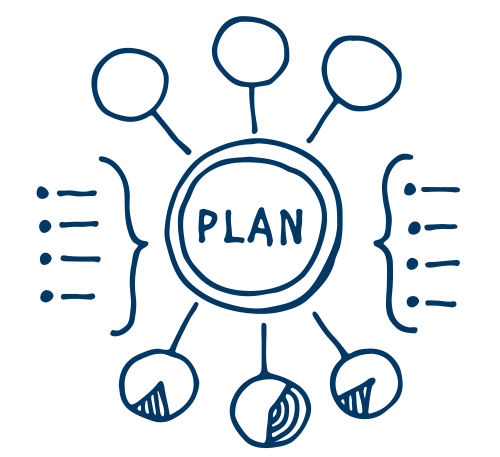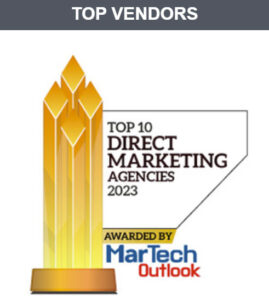A Direct Response Agency That Listens
We’ve been helping nonprofit organizations grow and engage audiences for more than 60 years—let’s talk about how we can bring you that peace of mind.

Our team of experts specializes in measurable solutions that move the needle on your fundraising, engagement, and conversion goals. Here’s how we make it happen:
Direct Response Fundraising
Direct Mail
Digital Marketing
Google Ad Grant Management
Web Development
Custom Solutions






Let’s talk about how to move the needle on your fundraising, engagement, and conversion goals.